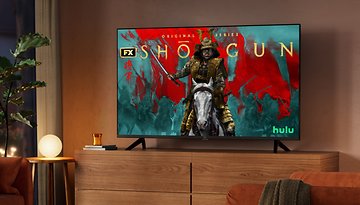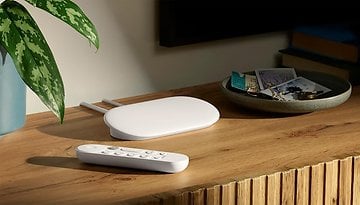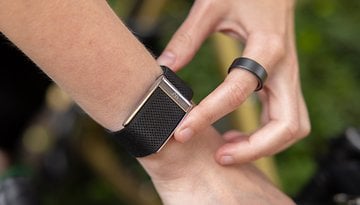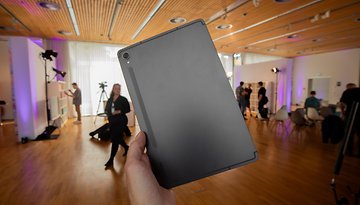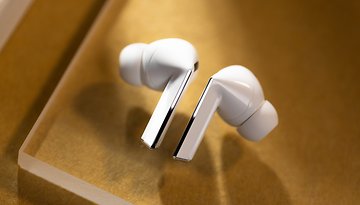How to buy the best smart weather station for your home (and why)
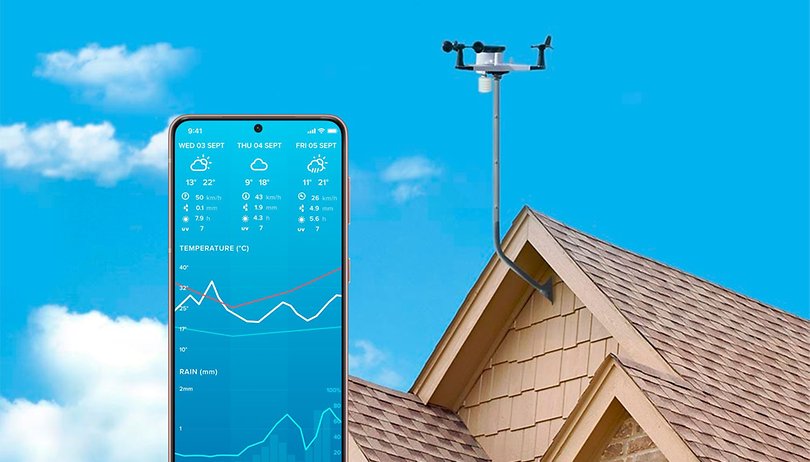

Whether you want to play armchair meteorologist or intend to automate tasks in your home according to the weather, smart weather stations are getting cheaper and more popular. Keep reading to find out how to pick the right personal weather station for your home and some of the available alternatives in the market.
Besides cheaper prices and better technology, another positive thing is that consumer weather stations are increasingly more connected, allowing you to not only measure and log data but also to set alarms and tasks based on the current conditions.
Of course, if you are only interested in real-time data, apps like Weather Underground (Android | iPhone | Web) can do the trick for you, with an array of regional weather stations, which can be very close to you, depending on where you live.
| Smart weather stations | Modular and consumer-friendly | Prosumer option | High-end option | Open ecosystem | Non-smart powerhouse | Entry-level option | |||
|---|---|---|---|---|---|---|---|---|---|
| Product | Netatmo | Davis Instruments Vantage Vue | Davis Instruments Vantage Pro2 | Ecowitt WS2910 (Ambient Weather WS-2902C Sainlogic Pro WS3500 froggit WH3000SE) |
Ecowitt HP2551 (Ambient Weather WS-2000 dnt DNT000008 froggit HP1000SE Pro) |
Ecowitt HP2553 (Ambient Weather WS-5000) |
Sainlogic Professional Wi-Fi Weather Station | La Crosse C85845 | Product |
| Picture | 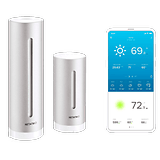 |
 |
 |
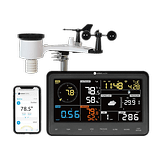 |
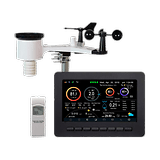 |
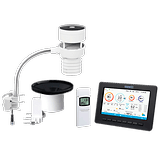 |
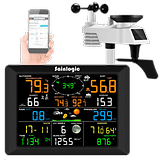 |
 |
Picture |
| Installation |
|
|
|
|
|
|
|
|
Installation |
| Power (outdoor sensor) |
|
|
|
|
|
|
|
|
Power |
| Temperature and humidity |
|
|
|
|
|
|
|
|
Temperature |
| Wind speed and direction |
|
|
|
|
|
|
|
|
Wind |
| Rainfall measurement |
|
|
|
|
|
|
|
|
Rainfall |
| Barometric pressure |
|
|
|
|
|
|
|
|
Pressure |
| Solar radiation |
|
|
|
|
|
|
|
|
Solar radiation |
| Air quality |
|
|
|
|
|
|
|
|
Air quality |
| Data recording frequency |
|
|
|
|
|
|
|
|
Data recording frequency |
| Connectivity |
|
|
|
|
|
|
|
|
Connectivity |
| Amazon Alexa |
|
|
|
|
|
|
|
|
Amazon Alexa |
| Apple HomeKit |
|
|
|
|
|
|
|
|
Apple HomeKit |
| Google Assistant |
|
|
|
|
|
|
|
|
Google Assistant |
| IFTTT |
|
|
|
|
|
|
|
|
IFTTT |
| Smartphone app |
|
|
|
|
|
|
|
|
Smartphone app |
| Console display |
|
|
|
|
|
|
|
|
Console display |
| Other features |
|
|
|
|
|
|
|
|
Other features |
| MSRP |
|
|
|
|
|
|
|
|
MSRP |
| Offers* | Offers* | ||||||||
| Product | Netatmo | Davis Instruments Vantage Vue | Davis Instruments Vantage Pro2 | Ecowitt WS2910 | Ecowitt HP2551 | Ecowitt HP2553 | Sainlogic Professional Wi-Fi Weather Station | La Crosse C85845 | Product |
Jump to:
Why buy a smart weather station
Besides having your own weather log data without depending on piles and piles of notebooks (or spreadsheets), connected personal weather stations can be a valuable tool for taking care of gardens, country houses, or even micro-monitoring the weather patterns in your house.
Some models can also contribute data to crowd-sourced services like Weather Underground, potentially improving weather forecasts in the region. Of course, depending on your needs, using the WU app can probably satisfy them.
But smart weather stations have one more trick in their sleeves, integration with smart home ecosystems or services like IFTTT. You can automate tasks like ventilation, windows control, garden/plant watering, lawn mowing, thermostat control, and more according to indoor and outdoor data.
Features
From an outsider's point of view, there are two different categories of weather stations: the old-guard that are getting smart features through modularity and offers more accessories, cluttered consoles, expansions, especially for professional use; and the new "IoT" models with their sleek design, nice smartphone app, and no indoor console. Even so, in general, they have roughly similar feature sets.
Temperature and pressure
The most basic feature for a weather station, all models in the table above track temperature and barometric pressure changes over time - except for the basic La Crosse model -, as well as humidity.
Wind and rainfall
This is another feature that separates traditional weather stations from the new generation. While most (all?) mast-based models include an anemometer (wind measurement tool) and a rain collector, the Netatmo weather station opted to make those features optional, which contributed to its modern design.
Besides that, the Netatmo anemometer uses an ultrasonic system instead of the traditional rotating cups, which promises more accurate readings and less mechanical wear on the tool. Ultrasonic anemometers can also be found in competing models but is usually a high-end feature.
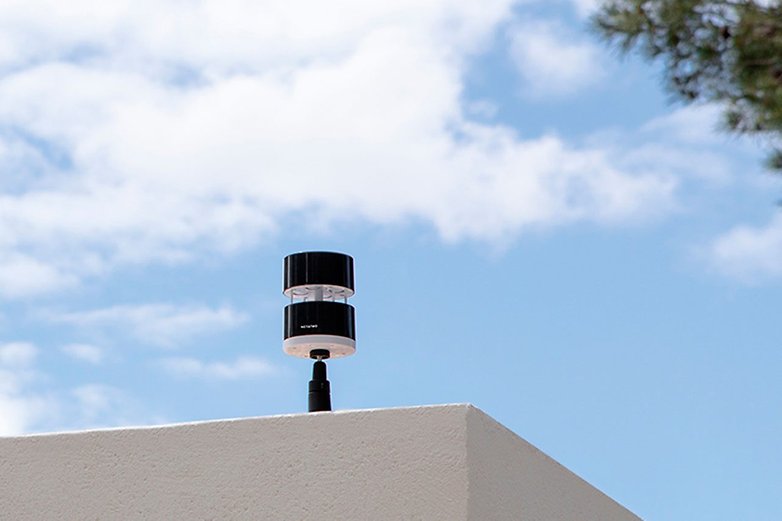
Power source: battery or solar?
The power supply is another area that separates the weather station generations, with the old guard usually relying on solar panels with integrated batteries or supercapacitors, making use of their bigger surface area, while the Netatmo can only be powered by traditional AAA batteries.
In practice, the Davis Instruments and stations based on Ecowitt's design (used by brands such as Sainlogic, ambient weather, dnt, and froggit) should offer longer battery life, requiring less maintenance - just make sure to keep the unit clean by following the recommended steps.
Connectivity and smart features
Besides unleashing the meteorologist stuck inside you, modern weather stations can be used as tools to trigger actions more efficiently, especially those that can be connected to IFTTT tasks or HomeKit automations.
The "old-school" models, as mentioned, can feed their readings to Weather Underground, improving the service's data, helping other people in the region, and recording more accurate historical data.
Netatmo, on the other hand, being more home use focused, can be integrated with other smart home devices such as thermostats, humidifiers, HVACs, and even air purifiers, to control in-house air quality, for example, based on readings both inside and outside.
Modularity and optional features
No matter which option you pick, all manufacturers will gladly offer you an array of accessories or extra sensors, especially those geared towards the prosumer market. Besides soil moisture and lightning sensor, the Ecowitt ecosystem even offers pool thermometers that can feed data to the water heater, and the possibilities go on (for as long as there is a niche to be filled it seems).
Because of that, it is worth having in mind potential uses, even if for the future, to see which ecosystem suits your needs better, also buying the right starter kit for later expansion.
Of course, the weather fans in NextPit's audience have way more knowledge to share, so feel free to correct, suggest and comment.






